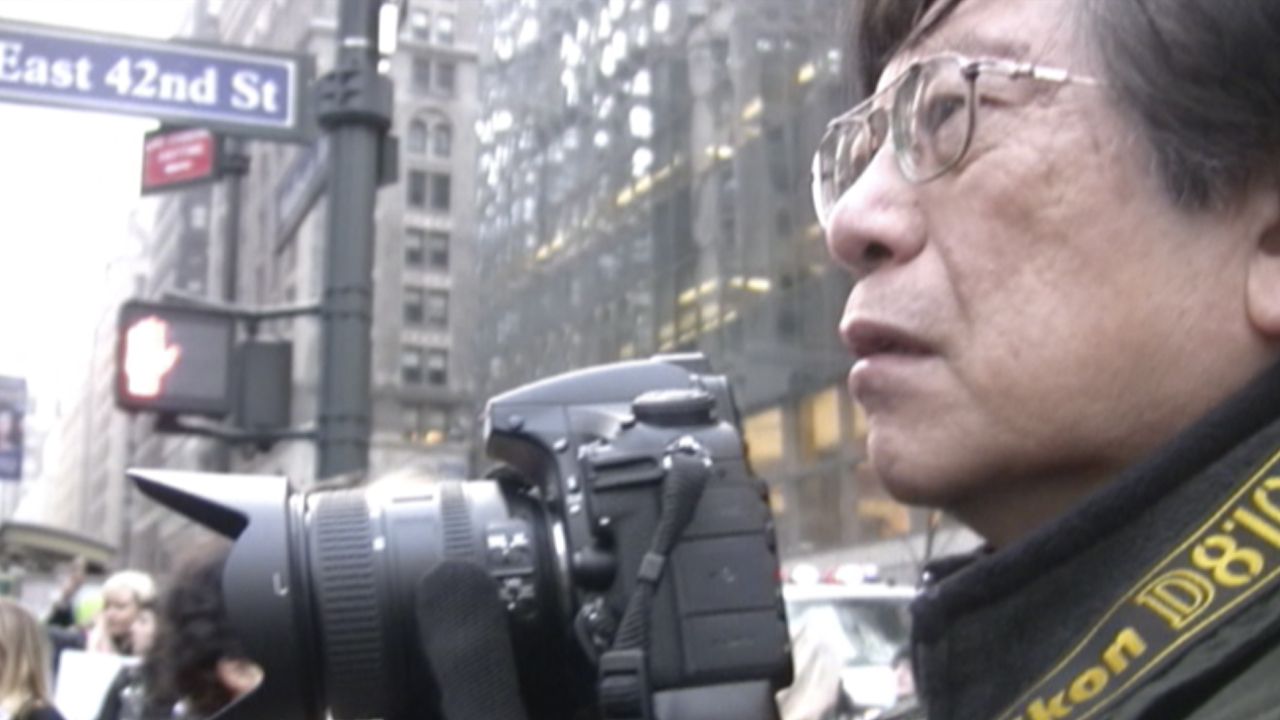For 50 years, American photographer Corky Lee tirelessly documented Asian American culture, its customs, and, above all, the injustices committed against it.
New York City is his domain, and his portrayal of Chinatown over the years is unparalleled. He is a dynamic activist who is simultaneously an observer and a participant, almost like a visual ethnography.
In the hour and a half of documentation, Corky is portrayed as a vibrant, curious, and sociable man. Known and recognized by the community for turning his art into a battle against the struggle. This is how Jennifer Takaki, the director of this emotional documentary, met him at a community event, sparking her interest in filming him, which would turn into nearly 9 years of accompanying the photographer.
From a very young age, the protagonist wondered why Asians were not shown in books that teach about the history of North America, and that guided his path, leading him to ask the same question about other aspects of American culture, which motivated him to portray Asian Americans in various roles contributing to that society.
The injustices that occurred in the 1960s and 1970s, the unheard voices, the untold stories—Corky used his camera to extend those stories to a much larger audience than his own community and will undoubtedly move the audience with a life dedicated to photography as a form of justice.
We had the pleasure of speaking with director Jennifer Takaki, who made this film as part of the Asian American Pacific Islander Film series, produced in collaboration with the American Citizens for Justice (ACJ). The filmmaker told us about her first encounter with the photographer, the importance of Corky's work in the community, and her hopes for this project.
You can watch the interview here:

